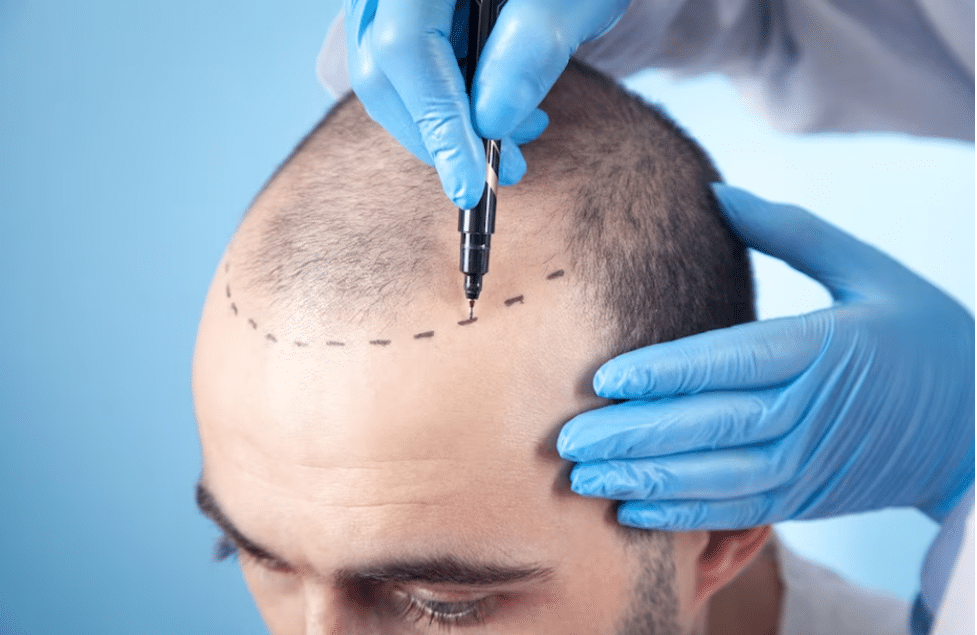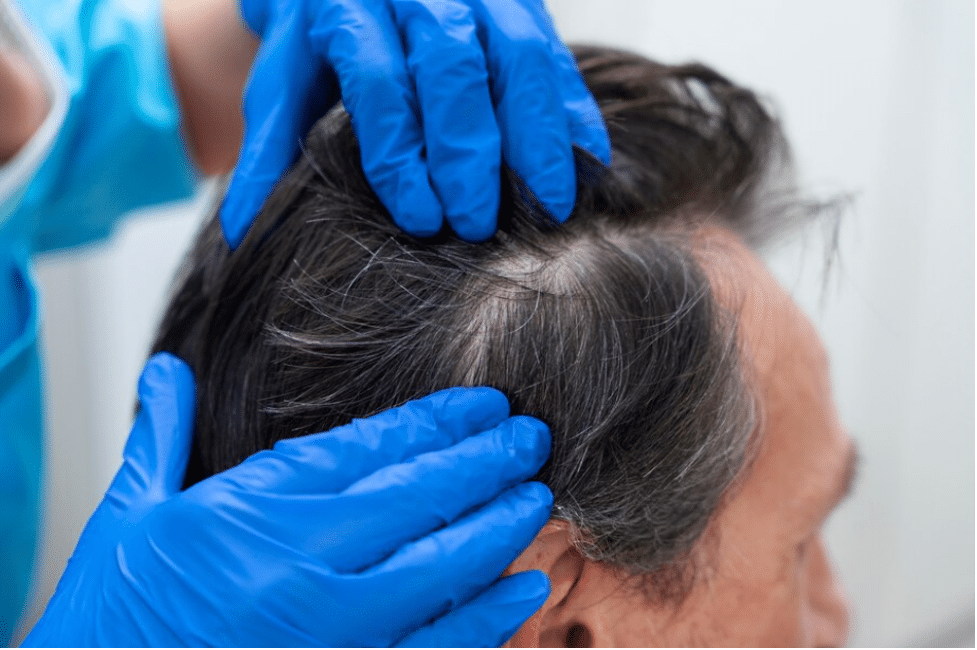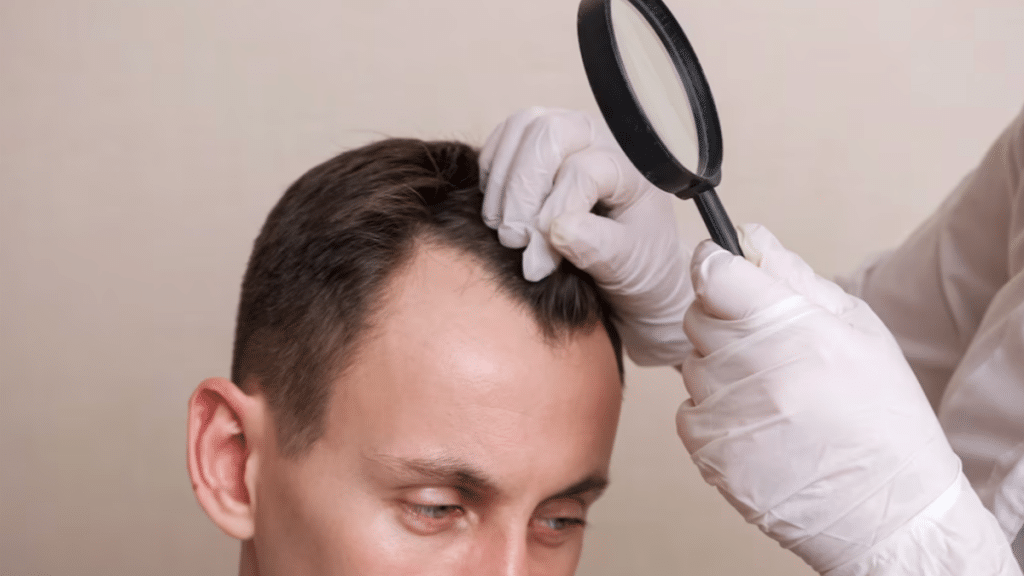Hair transplant surgery can be a transformative experience, offering a permanent solution to hair loss. However, the success of this procedure doesn’t just rely on the skills of the surgeon; post-operative care is equally crucial. This article provides a comprehensive guide on maintaining your hair transplant to ensure long-lasting results, highlighting the importance of aftercare throughout the recovery timeline.
Immediate Post-Operative Care (1-14 Days)
The first two weeks post-surgery are critical. During this period, it’s essential to manage the recovery process carefully. The scalp may have scabs and scars that need gentle care. Antibiotics may be prescribed to prevent infection, and an emollient cream can help soothe the area. It’s important to follow your surgeon’s instructions meticulously during this phase to ensure optimal healing.
Early Growth and Shedding Phase (4-5 Weeks)
Around the one-month mark, patients often experience shedding of the transplanted hair – a normal and expected part of the process. The scalp should be cared for gently during this phase, avoiding any harsh treatments or chemicals that could irritate the skin or disrupt the new follicles.
Mid-Term Growth Phase (3-6 Months)
This phase marks the beginning of new hair growth. Patients may observe the first signs of new, healthy hair. Platelet-Rich Plasma (PRP) treatments can be beneficial during this phase, enhancing the growth and strength of the transplanted hair.
Maturing Hair Phase (6-9 Months)
During this period, the transplanted hair follicles will start to thicken and blend seamlessly with existing hair. This phase is crucial as it gives a more natural and fuller appearance to the hair.
One-Year Mark and Beyond
A year after the surgery, you should be able to see the final results of your hair transplant. However, some patients might experience “shock loss,” where some of the original hair falls out due to the stress of the surgery. In such cases, a second surgery might be considered.
Aftercare Package Components
Your aftercare package might include a neck pillow to help maintain a proper sleeping posture, antibiotics, a special shampoo formulated for post-transplant care, and a saltwater solution spray bottle. Pain management is typically achieved with over-the-counter medications like paracetamol.
Additional Aftercare Considerations
Post-operative hair wash techniques are crucial and should be done as advised by your surgeon. The use of Finasteride post-surgery can also help in maintaining hair health. It’s important to avoid strenuous exercise, hair styling products, and excessive exposure to sunlight or heat in the initial months post-surgery.
Long-Term Maintenance
Long-term care for your transplanted hair includes a healthy lifestyle and proper hair care routine. Regular check-ups with your surgeon or dermatologist can help monitor the health of your scalp and hair.
Learn more about what happens 10 years after a hair transplant.
Hair Transplant Success Rates
Understanding the Effectiveness of Hair Transplants
Hair transplant surgeries have significantly advanced over the years, leading to highly effective outcomes for many patients. The success of a hair transplant is typically measured by the survival rate of the transplanted follicles and the satisfaction of the patient with the aesthetic results. Generally, a successful hair transplant can have a follicle survival rate of up to 90-95%.
This high success rate is largely attributed to modern techniques like Follicular Unit Extraction (FUE) and Follicular Unit Transplantation (FUT), which allow for precise and natural-looking results. However, it’s important to note that individual results can vary based on factors such as the skill of the surgeon, the quality of the donor hair, and the patient’s adherence to post-operative care instructions.
Factors Influencing Long-Term Success
The longevity of hair transplant results is another crucial aspect of its success. Typically, transplanted hair is permanent, as the follicles are taken from areas of the scalp resistant to balding. However, the patient’s age, lifestyle, and the progression of their natural hair loss can influence the long-term outcome. For instance, younger patients may require additional sessions in the future as their hair loss pattern develops.
Additionally, maintaining a healthy lifestyle and proper scalp care can significantly contribute to the durability of the transplant. It’s also essential for patients to have realistic expectations and understand that while transplants can restore hair density, they do not stop the natural process of hair thinning and loss in non-transplanted areas.

Frequently asked questions
I have scabs after my hair transplant, is this normal?
Yes, it’s normal to have scabs in the transplanted area. They typically form within the first few days post-surgery and usually fall off within 7-10 days.
Can I wear a cap, hat, or helmet after a hair transplant?
It’s advisable to avoid wearing caps, hats, or helmets immediately after a hair transplant to prevent irritation or damage to the transplanted follicles. Your surgeon will advise when it’s safe to resume wearing them.
Is there a particular diet recommended after a hair transplant?
There’s no specific diet required, but a balanced diet rich in protein, vitamins, and minerals can support hair growth and healing.
Why do I have to wear a headband after a hair transplant?
A headband is often recommended to prevent swelling from moving down into the face. It should be worn as directed by your surgeon.
Can I shave my hair after a transplant?
It’s best to wait until your surgeon gives the go-ahead before shaving transplanted hair. This is usually after the area has fully healed.
How long do hair transplants last?
Hair transplants are generally considered permanent. The transplanted hair may thin over time, but it typically lasts a lifetime.
Does transplanted hair go grey?
Transplanted hair will behave like natural hair, so it will go grey as you age, just like the rest of your hair.

Conclusion
Adhering to a strict aftercare regimen is essential for the success of a hair transplant. By following these guidelines, you can enjoy the full benefits of your hair transplant and maintain your new, fuller head of hair for years to come.
